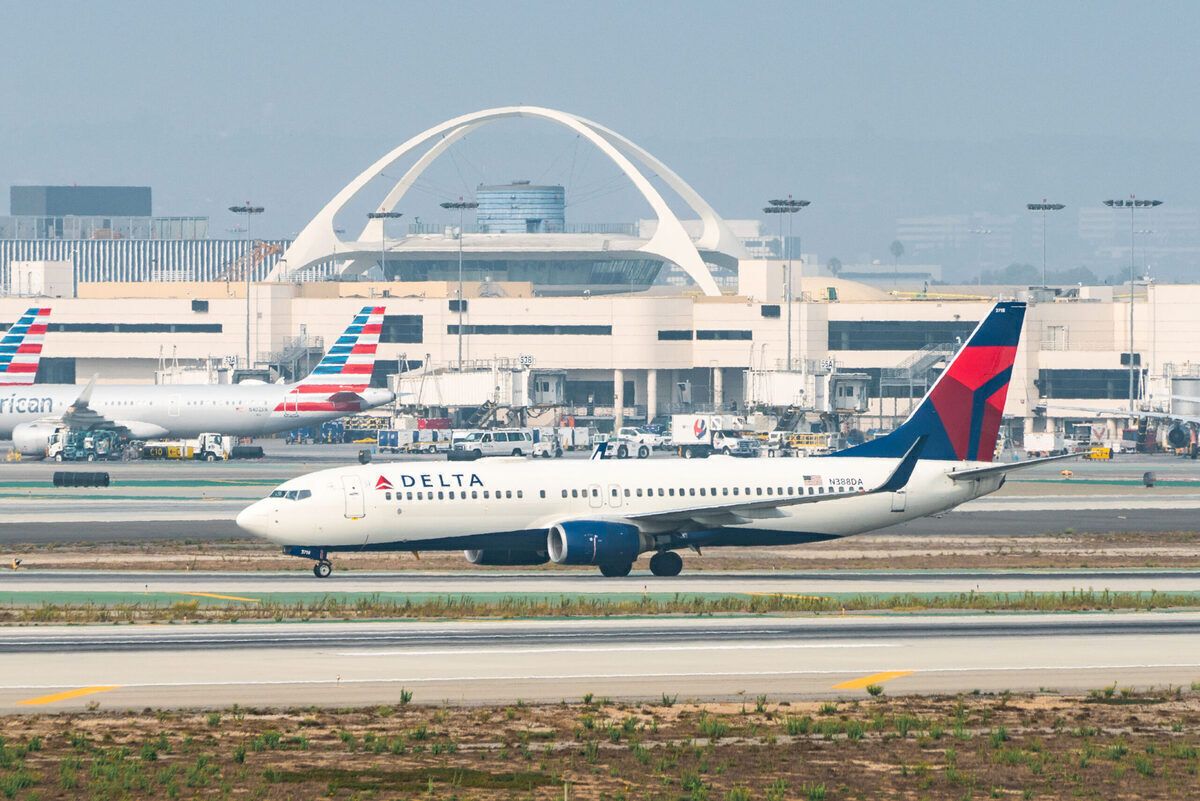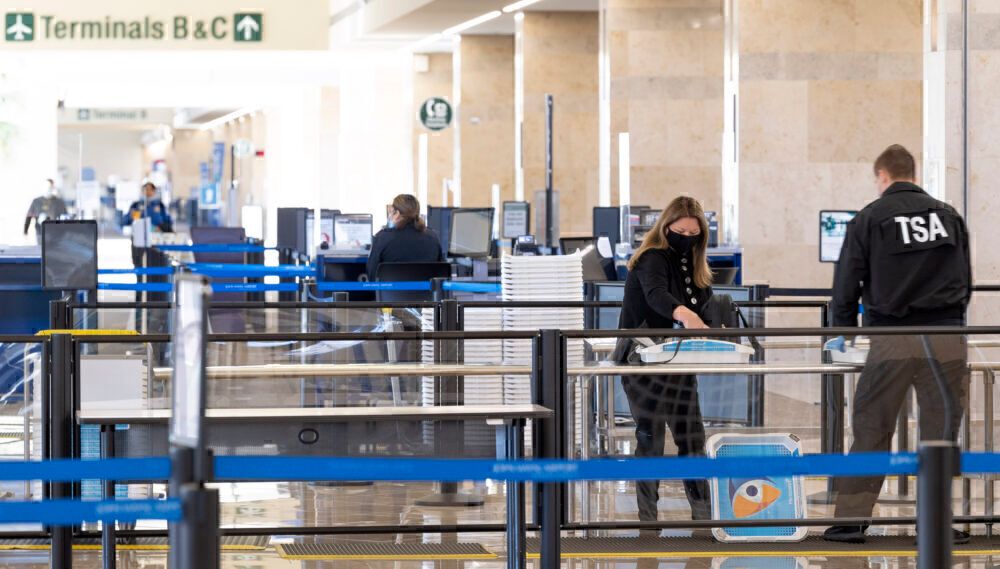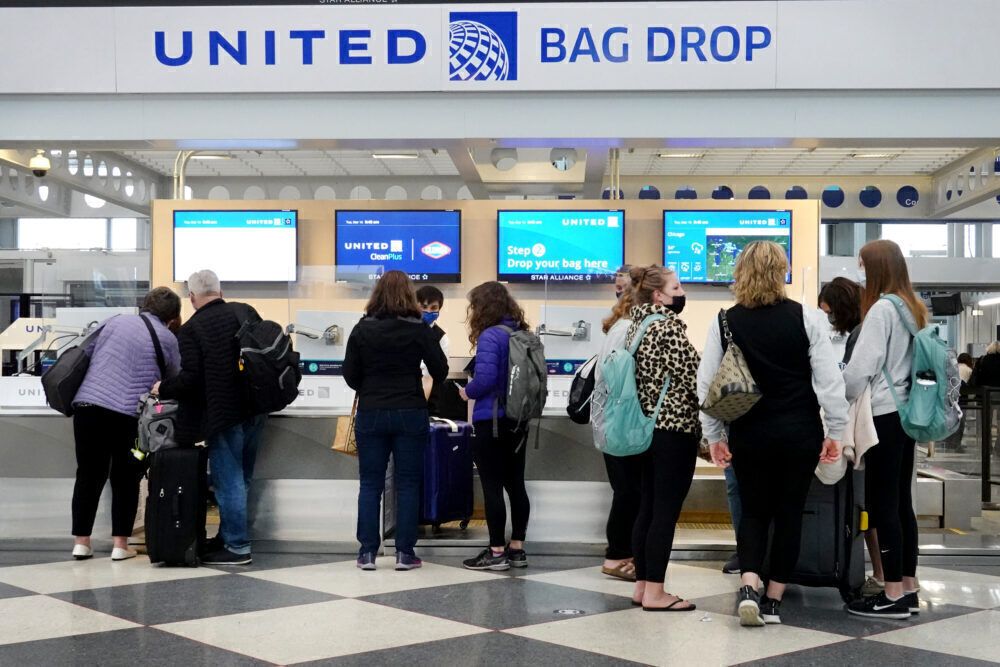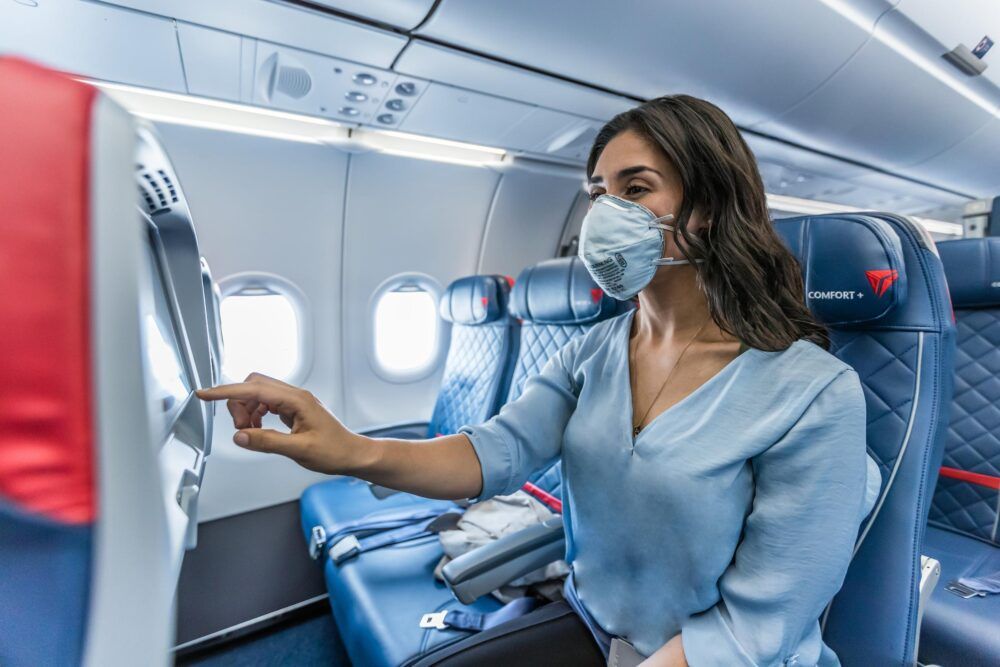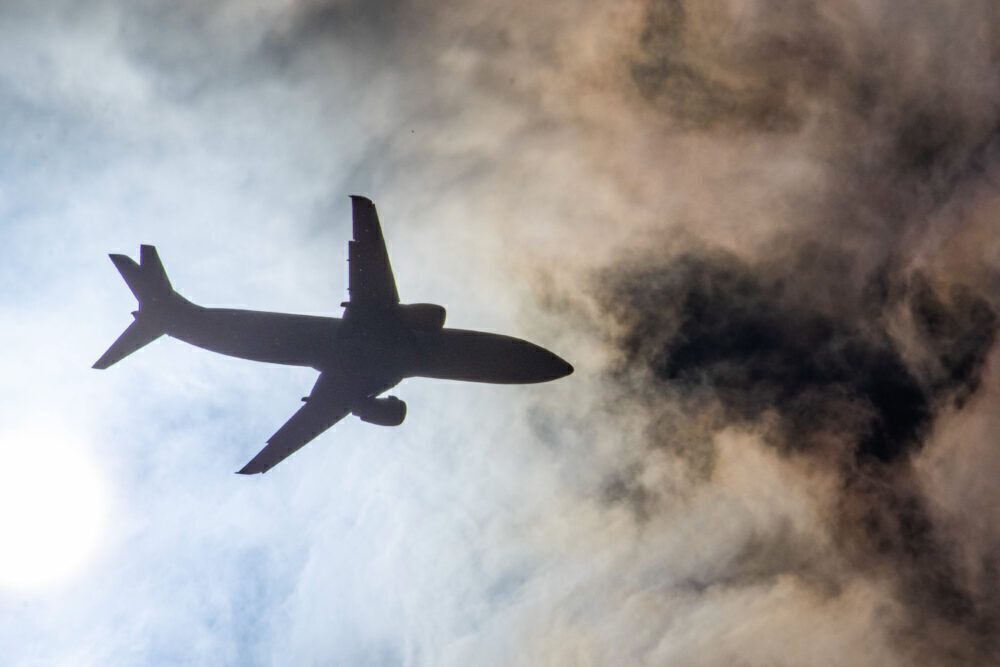Flight cancellations, refund delays, schedule changes, certification requirements, mandatory quarantines, and mask-wearing are all factors passengers have had to deal with since the rise of the global health crisis. However, despite the barrage of challenges, airline satisfaction in North America has been at a record high. Following these results, Simple Flying caught up with senior director and practice lead for Travel at J.D. Power, Mike Taylor, to talk about the factors involved.
Easing mounting pressures
Despite 2019 being a record-breaking year for the aviation industry, the infrastructure was just about keeping up with demand. For instance, several airports were stretched far past their capacities. Taylor explains that Orlando International was designed to handle approximately 25 passengers a year, but by the time 2018 came around, it was handling around 45 million. This trend became typical across the United States.
Subsequently, passengers became on edge because of all the crowding, and this translated to the aircraft with load factors being so high. However, the health crisis transformed the passenger journey. Despite initial frustrations at the beginning with all the uncertainty with schedules and refunds, the industry managed to adapt.
Even from the beginning of the customer journey, the expectations became more managed. Passengers could now amend or cancel their tickets without any fees, which set a clearer tone. Moreover, another new initiative helped bump up satisfaction scores - middle seat blocking.
“During the pandemic, middle seats were blocked, and very few planes were full, apart from some notable exceptions, so people found it easier to go to the airport. It became easier to park next to the terminal in some cases. Some of the major airports gave free parking because they didn't want to disinfect shuttle buses,” Taylor told Simple Flying.
“Then when you go to the TSA line - fewer people, faster experience. You go down to the gate where there are fewer people, and it’s faster to load the aircraft. People aren't jostling for overhead storage space. So, actually, satisfaction actually went up despite the fact that services were curtailed.”
New trends
Another important point to note is that there is now a different demographic traveling than previously. There are far fewer business travelers. These customers are time-sensitive and also enjoy perks when they are available. Instead, airlines are seeing much more leisure-based passengers that have found it to be cheaper to travel while experiencing less crowded journeys. So satisfaction went up as a result.
Nonetheless, as the US market recovers, around two million passengers are passing through airports a day again. So, loads are getting heavier on the fewer aircraft that airlines are operating. Therefore, following the peak of passenger optimism a few months ago, satisfaction is now dropping to 2019 levels. Regardless, 2019 was still a strong year when it came to satisfaction, so overall feedback is still high.
Overall passenger satisfaction with flight crews increased by 25 points in the J.D. Power 2021 North America Airline Satisfaction Study. Notably, it was Delta Air Lines that cleared the post, outperforming its closest rival by 11 points. In fact, the Atlanta-based carrier was the top dog in half of the eight factors analyzed in the study.
Recognizing staff efforts
Taylor explained to Simple Flying how valuable crews have been in ensuring passengers are satisfied with their airline. This aspect goes hand in hand with another important factor - value for money.
“29% of satisfaction is determined by how valuable people feel that ticket is. 17% of it is actually the flight crew, and that's up four points from a year ago. The airlines that had strong people skills going into the pandemic are the ones that did the best in our study,” Taylor explains.
“They had a lot thrown at them. They had to do a lot of hand-holding and had to enforce different rules, depending on the month. ‘Are we serving food? Is it gonna be hot or not? Are we serving alcohol, are we not? What are the rules for keeping masks on passengers, and who do we kick off the plane if they're not going to do that?’”
So, flight crew became a crucial factor this past year, and Delta has been on a steady climb with what J.D power classifies as people skills. When the company looked at all the questions it asked about courtesy, helpfulness, attentiveness, and professionalism, there are certain airlines that are always strong with people skills.
Taylor adds that Southwest Airlines also does extraordinarily well in this field with its high service level. Moreover, the likes of Alaska Airlines have also been sitting around the top level here. Other carriers such as JetBlue and United Airlines have also progressed well in recent years.
Stay informed: Sign up for our daily and weekly aviation news digests.
Adapting to new challenges
Overall, value for money and inflight service are two key points that account for almost half of satisfaction during the pandemic period. While airlines have had no problem slashing prices to reboot the industry, it has been a struggle to ensure cabin operations go smoothly.
There have been numerous cases of unruly passengers over the last year. Several altercations have involved mask issues, and some incidents have even ended up with flight attendants being attacked. As a result, the FAA has been heavily vocal about such events and is keen to clamp down on these cases.
With these incidents in mind, it must have been difficult for crews to maintain high levels of service while ensuring new requirements are met amid the pandemic. Nonetheless, they managed to keep it together and improve satisfaction scores despite the difficult situations they were faced with.
Altogether, with passengers returning to the skies in the US again, scores will undoubtedly fluctuate in this next chapter. For instance, middle seat blocking didn’t last forever, and other introduced measures may be amended. Regardless, as Taylor highlights, it will be the airlines that show their intent to improve service no matter the circumstances that will prevail.
What are your thoughts about how airlines are performing in the current climate? How has your experience been when flying over the last year? Let us know what you think of the conditions in the comment section.

